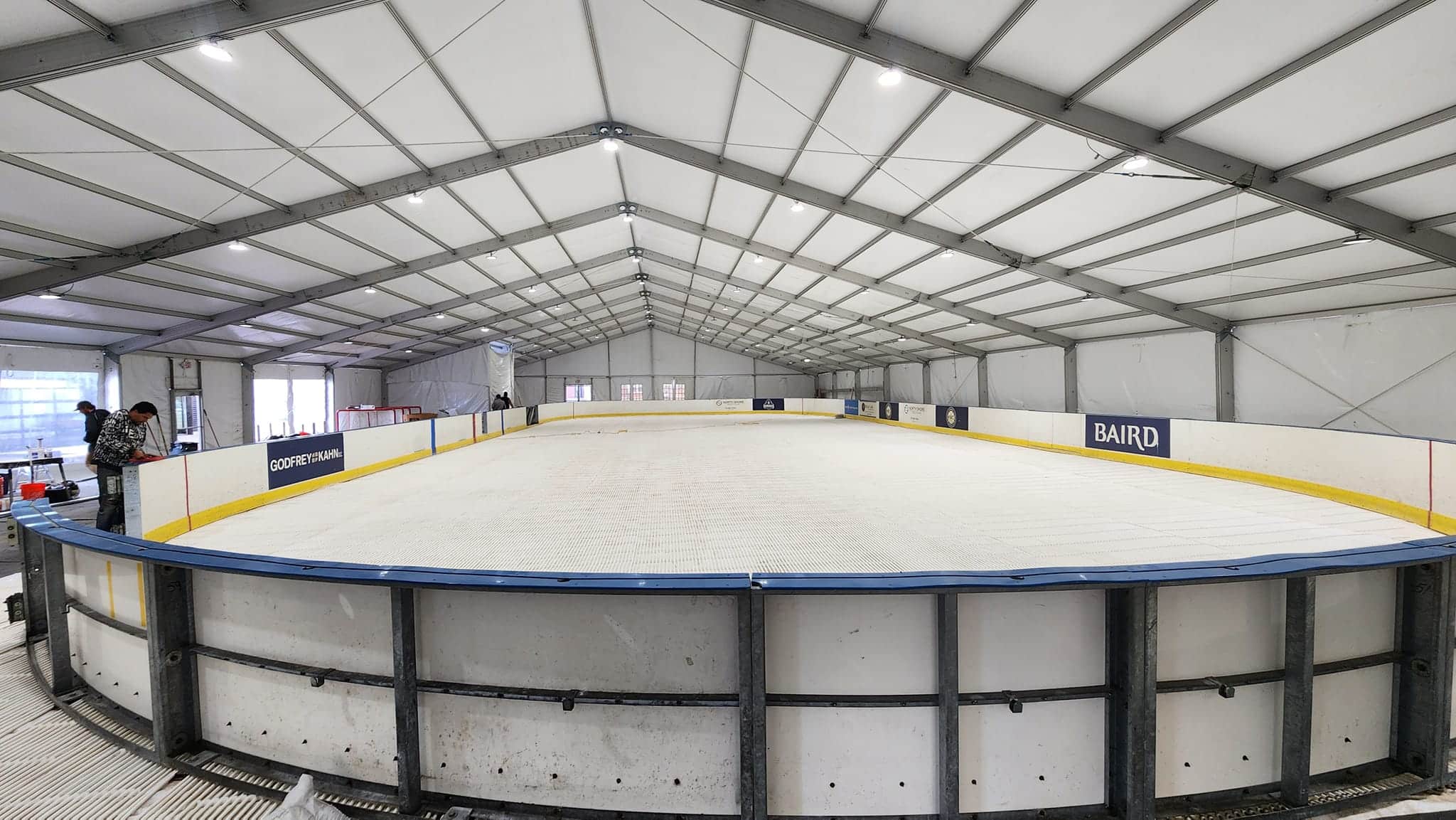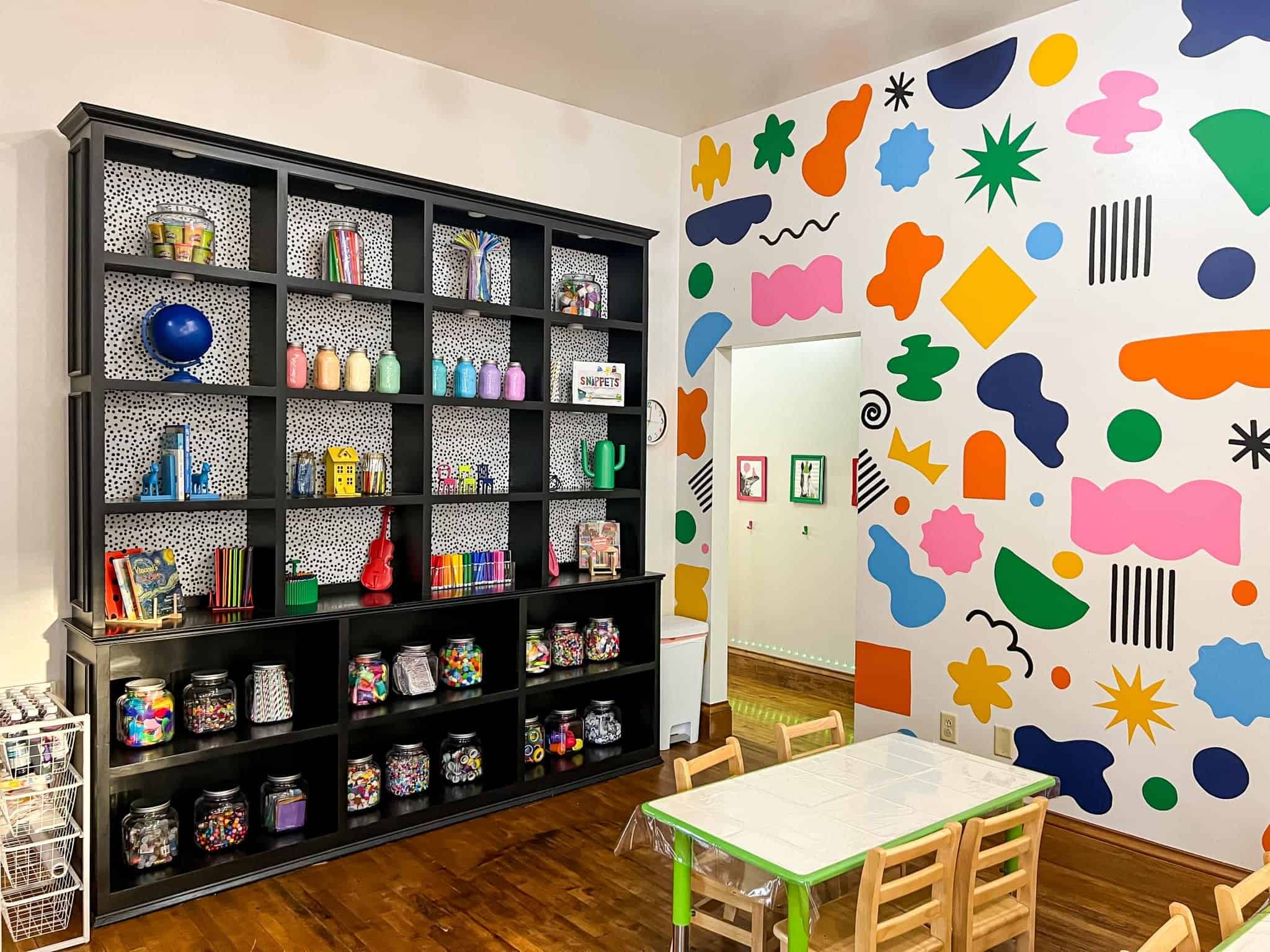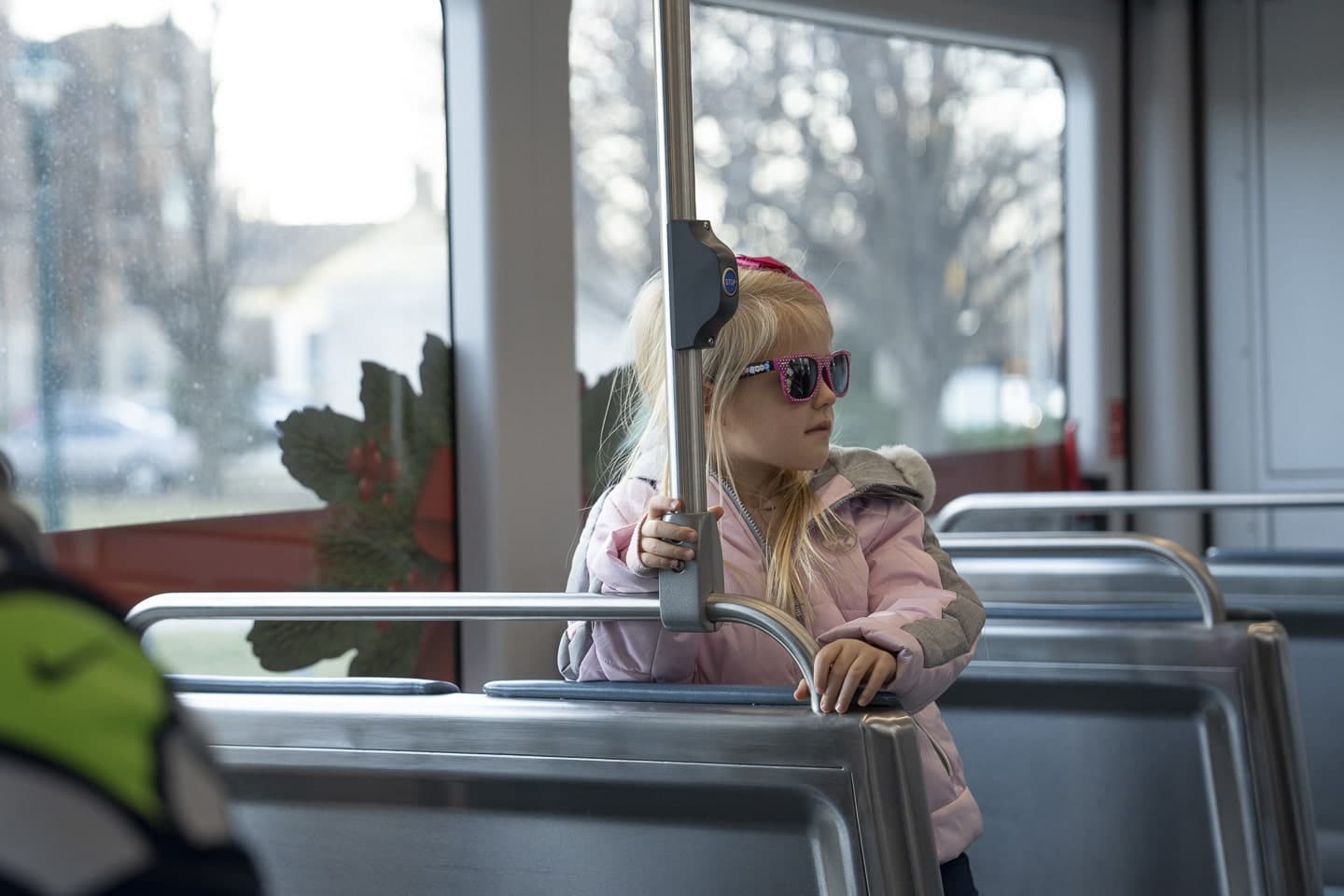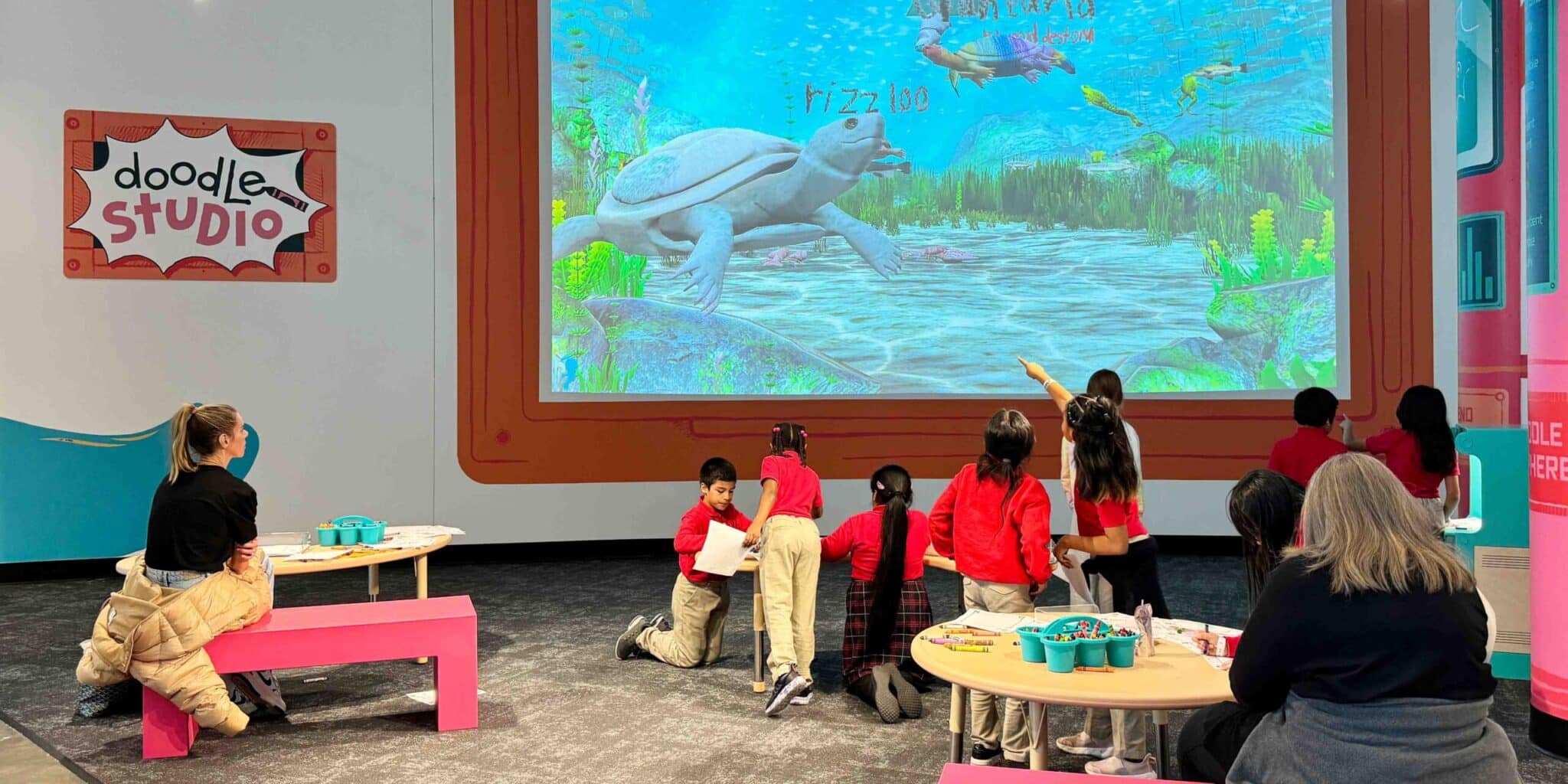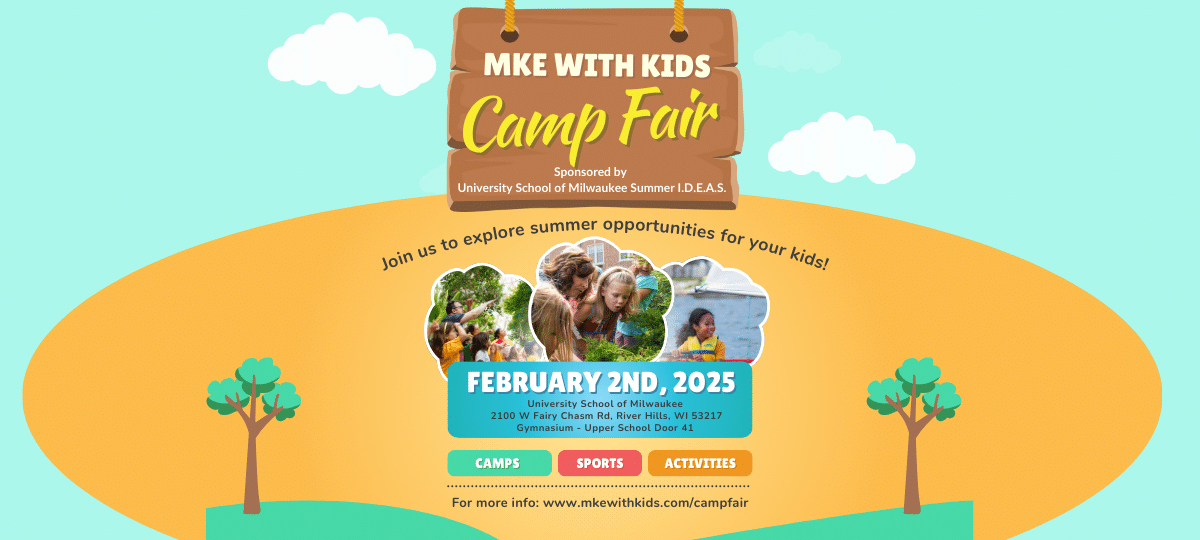Are you finding it tough to keep your 14-month-old entertained while indoors?
Whether you’re facing a downpour outside or simply looking to engage in some quality time with your toddler, you’ve stumbled upon the most comprehensive list out there.
As a parent of three and a seasoned camp counselor and teacher with over 20 years of experience, I’ve seen and tried it all when it comes to keeping little ones busy and happy.
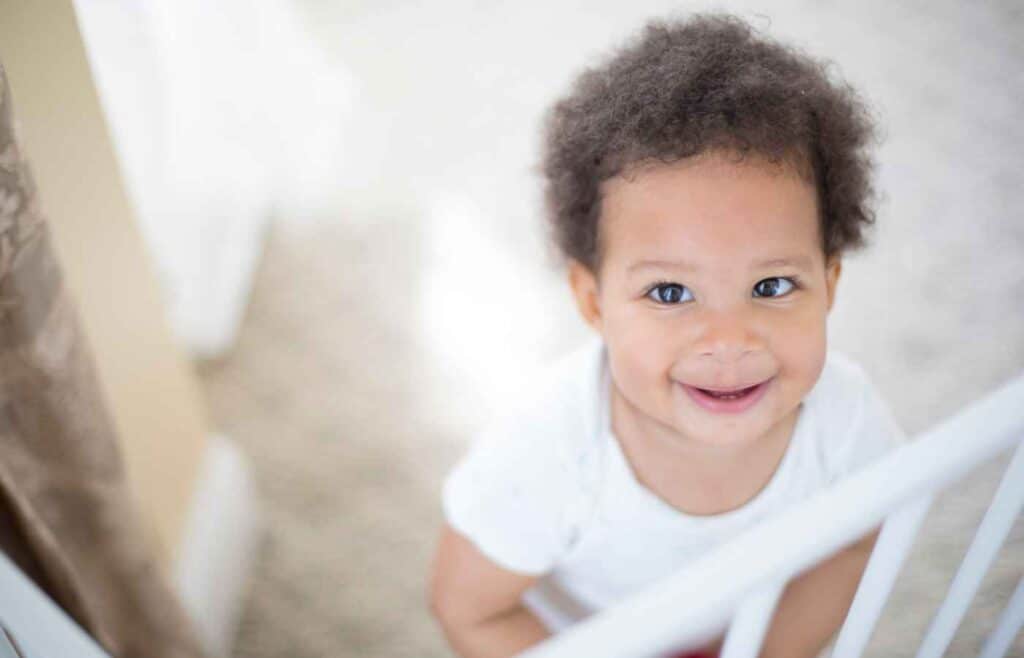
Good news—you’re in the perfect spot to snag some great ideas for indoor activities that are not only a whole lot of fun, but also educational and developmental!
From sensory play to language skills, from water play to obstacle courses, this list is packed to the brim with activities that will not only entertain but also enrich your young toddler. So let’s dive in!
Sensory Bin Ideas
- Rice Sensory Bin: A classic choice, filling a bin with rice is a simple activity that provides a unique sensory experience. Add small toys or objects to encourage exploration and hand-eye coordination.
- Pom Pom Bin: Soft, colorful pom poms make a tactile delight for little hands. They are great for sorting by color, and you can even add tweezers for added fine motor skill practice.
- Nature Bin: Leaves, pinecones, and rocks can bring the outdoors in. This is a great way for young children to explore different materials from nature, especially on a rainy day.
- Construction Bin: Fill a bin with small pebbles or sand, add in some mini construction vehicles, and watch your toddler have a great time scooping and digging.
- Ocean Bin: Use blue water, shells, and marine animal toys to simulate the ocean. It’s a fun way to introduce your little one to marine life.
- Pasta Bin: Different shapes and sizes of pasta offer various textures. You can even dye them different colors using food coloring for added visual stimulation.
- Fabric Scraps Bin: Use different textures and types of fabric to give your toddler a sensory feast. From silk to corduroy, the variety will keep them interested for a long time.
- Kitchen Sensory Bin: Fill the bin with common kitchen items like a wooden spoon, measuring cups, and spatulas. This gives them a safe way to explore items they see you use every day.
- Flower Bin: Fresh or silk flowers in a bin can offer a vibrant, aromatic sensory experience. Great for both visual and olfactory senses!
- Music Bin: Fill the bin with small musical instruments like shakers, bells, and tambourines. Not only is this a sensory bin, but it’s also a great activity for developing an interest in music.
More Sensory Activities
- Shaving Cream Fun: Spread some shaving cream on a cookie sheet and let your little one draw and squish. It’s an easy way to introduce a new texture and a great game for sensory play.
- Sensory Bags: Fill Ziploc bags with materials like hair gel, water beads, or sand. Seal them tightly and tape them to a window or table. Your child will have a great time squishing these sensory bags and exploring the different materials inside.
- Ice Cubes Exploration: Put different colors of food coloring into ice cube trays and let them freeze. Then, let your young toddlers explore these icy treasures in a water table or even the kitchen sink. It’s a great way to introduce the concept of temperature while also being much fun!
- Water Table Play: This is an indoor water activity that you can set up in your living room. From pouring to stirring, the water table provides a learning experience that enhances both cognitive and physical development.
- Water Activities in the Kitchen Sink: Never underestimate the power of the kitchen sink for water activities! With some small toys and a wooden spoon, you can turn this everyday household item into an interactive playground.
- Touch-and-Feel Books: These are books with built-in textures for kids to feel. They are a fun way to encourage sensory exploration while also introducing new words for different textures and shapes.
- Tissue Paper Fun: A bin filled with colorful, crinkly tissue paper is a feast for the senses. This simple yet fun activity is not only visually stimulating but also develops gross motor skills as your little one grabs and crumples the paper.
- Bubble Wrap Popping: Lay a piece of bubble wrap at the bottom of a bin or tape it to the floor and let your toddler have at it! The popping sound and the texture provide a delightful sensory experience that also aids in developing your child’s fine motor skills.
- Food Coloring Magic: Drop food coloring into a bin of water and watch your toddler’s eyes light up as the water changes color. It’s an easy way to teach colors and cause and effect, making it a great educational activity.
- Sensory Bottles: Fill small, clear plastic bottles with various materials like glitter, and small items. Seal them tightly and let your 14-month-old shake them up. This is an excellent way for young children to explore different textures and colors.
- Fizzing Baking Soda and Vinegar: In a plastic container, add some baking soda and a few drops of food coloring. Then, give your toddler a small dropper to add vinegar to the mix. The fizzing reaction is a magical experience and also a good idea for introducing basic science concepts.
- Sand Play: Fill a bin with sand and add shovels or small toys for digging. This classic sensory bin can entertain toddlers for a long time, and it’s an excellent activity for developing both fine and gross motor skills.
- Playdough Creations: Give your child some playdough and let their creative play take over. Whether it’s rolling, squishing, or making shapes, playdough is one of the best ways to foster cognitive and fine motor skills.
- DIY Slime: Making slime at home can be a great recipe for fun. Just make sure to use child-safe, non-toxic ingredients. The stretchy, gooey texture offers endless fun and is also good for hand strength and dexterity.
- Gooey Oobleck: A mix of cornstarch and water creates a fascinating substance that’s both liquid and solid. It’s a fun game that offers a unique sensory experience while also teaching your child about different states of matter.
- Water Painting: Water painting is a simple and fun activity that’s perfect for 14 month olds! All you need is a bucket of water and a paintbrush, and you’re ready to create beautiful works of art on sidewalks, driveways, or any other surface that can be painted with water.
Hand-Eye Coordination Activities
- Pom Poms and a Cardboard Box: Grab some colorful pom poms and a cardboard box with holes. Have your toddler push the pom poms through the holes. It’s a simple yet effective way to engage those little hands and work on hand-eye coordination.
- Push Toy Obstacle Course: Create an obstacle course in your living room using cushions or small furniture. Then guide your toddler in navigating a push toy through it. This fun activity boosts problem-solving skills and coordination.
- Toilet Paper Roll and Wooden Spoon: Use a wooden spoon to push a toilet paper roll across the floor. This simple activity is not just fun but also a wonderful way to hone fine motor skills.
- Stacking Cups: Stackable cups can entertain toddlers for a surprisingly long time, encouraging them to use their hand-eye coordination to stack and unstack.
- Sorting Small Toys: Give your child a mix of small toys like cars, blocks, and animal figures, and have them sort them into bins. This activity teaches sorting skills and enhances hand-eye coordination.
- Velcro Stick-ons: Cut out shapes from construction paper and attach Velcro. Let your toddler stick them onto a board. It’s a fun way to learn about shapes while also practicing hand-eye coordination.
- Toss and Catch: Use a soft ball to play a simple toss and catch game. It’s an active play activity that can be scaled to your toddler’s coordination level.
- Simple Puzzles: Start with 2-3 piece puzzles and work your way up as your toddler gets the hang of it. It’s an excellent way to engage their problem-solving skills.
- Scavenger Hunt: Hide some toys around the room and provide clues or directions to find them. It’s a different way to work on hand-eye coordination and problem-solving.
- Building Blocks: Stacking blocks not only keeps little hands busy but also boosts hand-eye coordination and introduces basic concepts of balance and gravity.
- Toy Bowling: Set up some lightweight pins and have your toddler roll a soft ball to knock them over. It’s a great introduction to cause and effect, as well as hand-eye coordination.
- Cookie-Cutter Shapes: Roll out some playdough and have your toddler use cookie cutters to make shapes. This is a fun and tactile way to improve dexterity.
- Sponge Stamps: Dip sponges in edible paints and stamp them onto a piece of paper. It’s both a creative play activity and a fun way to work on coordination.
- Mini Basketball: Use a laundry basket as a hoop and a soft ball as the basketball. Encourage your toddler to throw the ball into the basket, celebrating when they make a “basket.”
- Sticky Wall Ball Toss: Put a piece of sticky paper on the wall and give your toddler a soft ball or sponge to throw at it. It’s a new and fun way to develop coordination.
- Egg Carton Color Matching: Cut out the bottom of an egg carton and color each slot a different color. Then have your toddler match colored balls or blocks to each slot. This activity is a little bit of a challenge but very rewarding when they get it right.
Language Skills and Development
- Nursery Rhymes: Singing nursery rhymes is a timeless way to introduce new words and rhyming structures to your little one. It’s also an easy way to inject some musical fun into the day.
- First Words Flashcards: A set of illustrated flashcards can make learning first words a fun game. Flashcards are effective educational activities that promote language development and cognitive skills.
- Story Time: Cuddling up with a good book isn’t just a great way to spend quality time; it’s also crucial for language development. Picture books can make this a highly visual and interactive experience.
- Puppet Show Conversations: Create a puppet show to have basic dialogues with your child. It makes conversation a fun activity and promotes both listening and speaking skills.
- Picture Naming: Show your toddler pictures and ask them to name what they see. It’s a straightforward but effective way to boost vocabulary and cognitive skills.
- Animal Sounds: Imitate the sounds of different animals and have your toddler guess which animal you’re mimicking. It’s not just a fun game but also an exercise in sound recognition.
- Action Songs: Songs like “Head, Shoulders, Knees, and Toes” get children moving while also teaching them the names of body parts, making it a great activity for both physical and language development.
- Labeling Household Items: Go around the house and point to different items while saying their names. You can even stick labels on them to reinforce word recognition.
- Mirror Talk: Stand with your toddler in front of a mirror and articulate words or expressions. This provides a unique visual feedback that aids language development.
- Sign Language Basics: Teaching some basic signs for “more,” “all done,” etc., can be an excellent way for non-verbal toddlers to communicate, bridging the gap until they can express themselves with words.
- Echo Games: Say a word and have your toddler repeat it. It’s a simple activity but effective for reinforcing language skills.
- Listening to Audiobooks: Audiobooks can introduce your toddler to different types of storytelling and vocabulary in a way that’s easy for parents too.
- Rhyming Games: Make a game out of finding words that rhyme. This type of play supports both language development and critical thinking.
- Watch and Repeat: Mimic simple actions while saying what you are doing, like “clap, clap, clap,” encouraging your toddler to follow both your actions and words.
- Basic Commands Game: Turn following instructions into a game by giving simple commands like “jump” or “sit.” It’s an interactive way to boost understanding of verbs and action words.
- Peekaboo with Words: It’s peekaboo, but with a twist. Say a word as you reveal your face and try to get your toddler to repeat it.
- Sound Matching: Use toy instruments or household items to make sounds, and encourage your child to match them. It’s a fun way to develop listening skills.
- Story Cubes: Roll dice that have pictures and try to make a simple story from the images that face up. It encourages creativity and the use of imagination in language.
- Color Naming: Point out different colors in books, toys, or around the house and say the color names out loud, encouraging your toddler to repeat them.
Gross Motor Skills Development
- Indoor Obstacle Course: Create a course using household items like cushions, chairs, and laundry baskets. This is an exhilarating way to get your toddler moving and practicing balance and coordination.
- Dance Party: Crank up some nursery rhymes or toddler-friendly tunes and let loose in the living room. Dancing is an easy way to improve gross motor skills and have a great time together.
- Climbing Cushions: Stack up some cushions or pillows and let your toddler climb over them. It’s a simple yet effective way to work on their climbing skills and gross motor development.
- Hop the Hoops: Place some hula hoops or draw chalk circles on the ground, encouraging your child to hop from one to the next. This helps with balance and body awareness.
- Tunnel Crawling: Create a tunnel using chairs and a blanket or use an actual play tunnel. Crawling is an excellent activity for developing motor skills and is always a hit with the little ones.
- Balloon Volleyball: Inflate a balloon and have a light game of volleyball indoors. This is not just entertaining but also helps improve hand-eye coordination and gross motor skills.
- Animal Walks: Get on all fours and pretend to be different animals. Whether it’s hopping like a frog or waddling like a duck, this is a fun way to get moving.
- Marching Band: Use pots, pans, and wooden spoons as instruments, and march around the house. It’s a great way to incorporate rhythm and movement.
- Bubble Catching: Blow bubbles and encourage your toddler to catch or pop them. Running and leaping to catch bubbles can provide an excellent physical workout.
- Musical Chairs for Toddlers: Use cushions or small chairs and play a game of musical chairs. When the music stops, everyone has to find a seat. This is an easy way to incorporate listening skills with active play.
- Simon Says: A toddler-friendly version of Simon Says can be a wonderful way to teach body part names while also engaging in some active play.
- Follow the Leader: Walk, hop, or crawl, and have your toddler imitate you. This helps with attention and also works on gross motor skills.
- Ring Around the Rosy: A classic that never gets old! Hold hands, walk in a circle, then all fall down. It’s a delightful way to work on balance and coordination.
- Freeze Dance: Dance to music and freeze when the music stops. This is not only fun but also helps improve listening skills and self-control.
- Blanket Ride: Place your toddler on a sturdy blanket and gently pull them along the floor. It’s a different and fun way to engage their sense of balance and spatial awareness.
- Hide and Seek: An all-time favorite! This game not only teaches toddlers about object permanence but also gives them a good run around the house.
- Bean Bag Toss: Use buckets or bowls as targets and have your toddler toss bean bags into them. This is another excellent way to improve hand-eye coordination.
- Ribbon Dancing: Attach some colorful ribbons to a stick and let your toddler dance and twirl it around. This can be mesmerizing and is good for developing gross motor skills.
- Indoor Snowball Fight: Use crumpled pieces of paper as snowballs for an indoor snowball fight. It’s all the fun of a snowball fight without the cold!
- Riding Push Toys: Push toys are fantastic for 14-month-old toddlers who are mastering the art of walking. It’s both fun and a good workout for those little legs.
Cognitive and Problem-Solving Activities
- Matching Shapes: Use shape sorters or DIY cutouts to help your toddler match shapes. It’s one of the best activities for developing problem-solving skills and spatial awareness.
- What’s Missing Game: Place a few objects in front of your toddler, then hide one behind your back. Ask them what’s missing. This is a fun way to work on memory and attention skills.
- DIY Memory Cards: Create your own memory cards using construction paper and pictures. Turn them upside down and let the matching game begin. Excellent for cognitive development!
- Simple Board Games: Games like “Candy Land” or “Chutes and Ladders” are simple enough for young children and offer a fun way to introduce the concept of rules and turn-taking.
- Role Play Scenarios: Set up a little grocery store or a post office at home. Role-playing stimulates imagination and can introduce simple problem-solving situations.
- Size Sorting: Use blocks or household items of varying sizes for your toddler to sort. This simple activity is fantastic for cognitive development and introduces basic math concepts.
- Weather Charting: Create a simple weather chart and involve your child in updating it daily. It’s a basic introduction to patterns and sequences.
- Basic Counting Games: Counting fingers, toes, or toys is an easy way to introduce numbers. You can even sing counting songs to make it more entertaining.
- Color Sorting: Provide a bunch of different colored items and ask your toddler to sort them by color. This is an easy yet effective way to teach colors and categorization.
- Simple Mazes: Draw simple mazes on a piece of paper for your child to solve. It’s a fun way to develop hand-eye coordination and problem-solving skills.
- Number Puzzles: Simple puzzles that involve matching numbers with pictures or objects can help familiarize your toddler with numbers.
- Shadow Puppets: Use a flashlight and your hands to create shapes on the wall. This not only captures their imagination but also helps them understand cause and effect.
- Cause and Effect Experiments: Simple experiments like mixing colors or seeing what floats and sinks in a bowl of water can be enlightening for young minds.
- Sorting by Categories: Provide a mix of fruits, animals, and shapes, and ask your child to sort them into categories. Great for cognitive development and vocabulary.
- Hidden Object Games: Hide an object under a cup, shuffle the cups around, and let your toddler guess where it is. Excellent for developing memory and attention skills.
And there you have it, folks—100 activities to keep your 14-month-old entertained, engaged, and learning!
From sensory experiences to fine-tuning motor skills, language development, and cognitive growth, this list covers it all.
As a parent of three and a camp counselor/teacher for over 20 years, I can assure you that these activities are not only enjoyable but also crucial for your little one’s development.
Whether it’s a rainy day or you’re simply looking to enrich your daily routine, you’ll find something here for every mood and moment.
Happy parenting! 😊
Related Posts
50 Best Daily Activities For Your Toddler
50 Best Car Activities For Your Toddler
50 Best Travel Activities for Toddlers
50 Best Airplane Activities for Toddlers
50 Best Indoor Activities for Your Toddler’s Birthday Party
50 Best Activities for Your 17 Month Old
Calie Herbst, Editor-in-Chief of Milwaukee With Kids, has spent over a decade combining her experiences as a parent of three to create a hub for Milwaukee’s family adventures.
Her decade-long teaching career in Milwaukee Public Schools and academic background, including a Master’s in Teaching from Marquette University and dual B.A.s in Sociology and Spanish from the University of Wisconsin – Madison, fuel her passion for inclusive and engaging family content.
Calie is also a recognized voice in local media, contributing to WISN Channel 12 News, WTMJ Wisconsin Morning News, Fox 6’s Real Milwaukee, and B93.3.
Discover more about Calie’s journey and editorial approach on her About Page and Editorial Policy Page.



